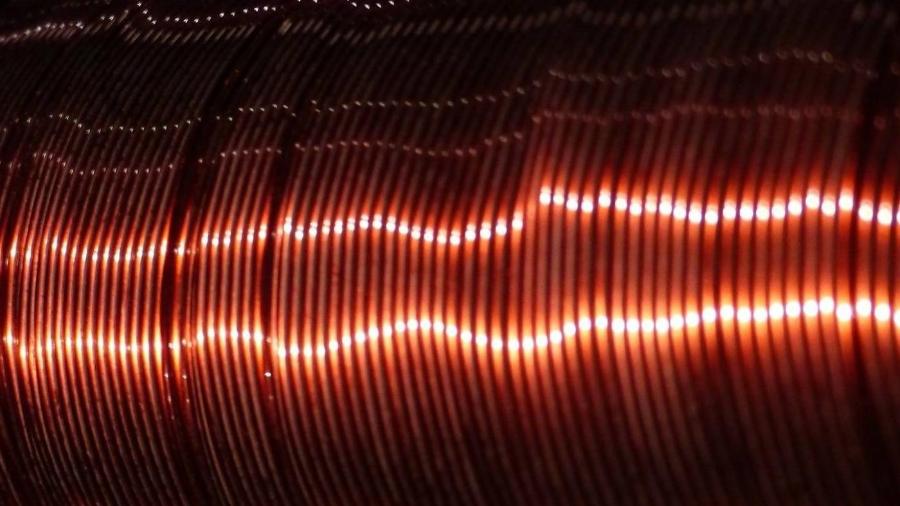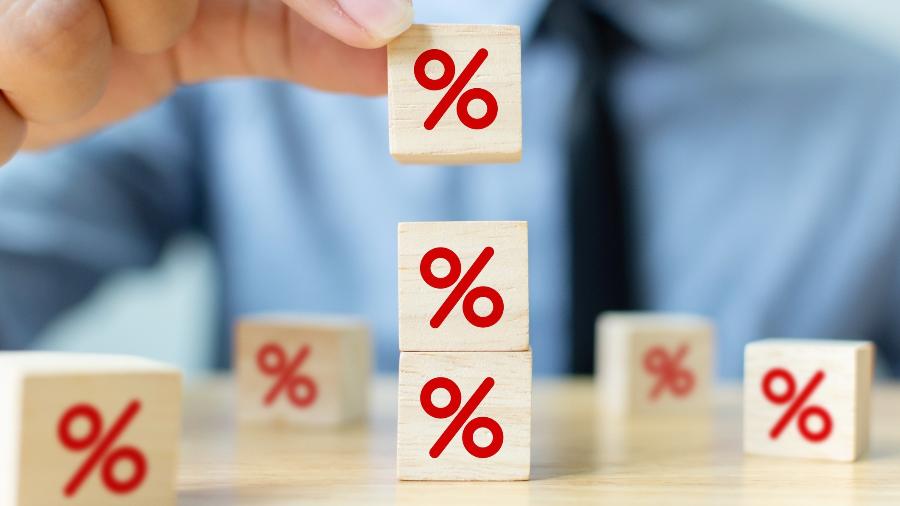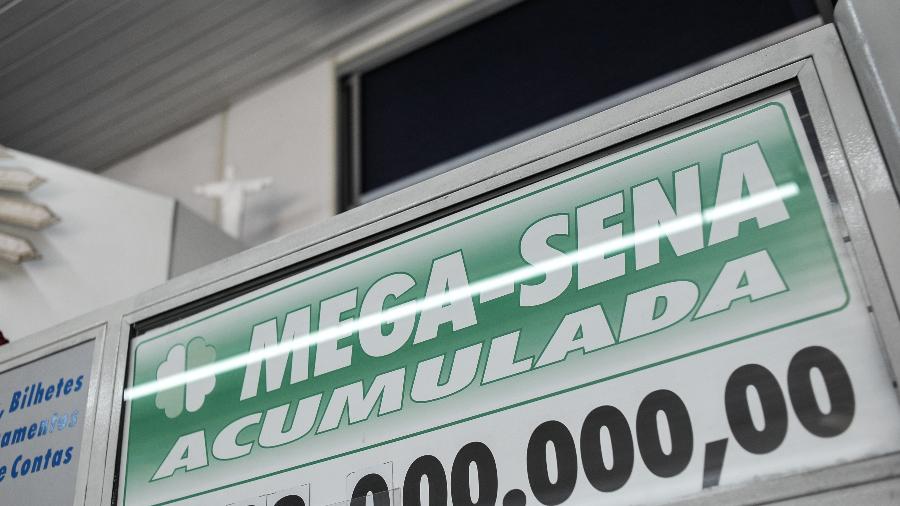Trabalhador terá que esperar até 18 dias para sacar ou transferir os R$ 600
Quem receber a segunda parcela do auxílio emergencial de R$ 600 terá que esperar entre 10 e 18 dias para poder sacar o dinheiro ou transferi-lo para outra conta depois. Nesse meio tempo, o dinheiro só poderá ser usado para pagamento de contas e boletos ou para compras por meio de cartão de débito virtual.
O tempo de espera será maior para as pessoas nascidas em dezembro, que recebem o recurso no dia 26 de maio, mas só poderão sacá-lo ou transferi-lo a partir de 13 de junho —18 dias depois (veja as datas no calendário mais abaixo).
A segunda parcela será paga para todos que têm direito em uma poupança digital aberta na Caixa Econômica Federal, inclusive para aqueles que indicaram uma conta em outro banco na hora do cadastro.
O calendário de pagamento da segunda parcela foi publicado nesta sexta-feira (15), mais de duas semanas após a data prometida para o início do pagamento.

















ID: {{comments.info.id}}
URL: {{comments.info.url}}
Ocorreu um erro ao carregar os comentários.
Por favor, tente novamente mais tarde.
{{comments.total}} Comentário
{{comments.total}} Comentários
Seja o primeiro a comentar
Essa discussão está encerrada
Não é possivel enviar novos comentários.
Essa área é exclusiva para você, , ler e comentar.
Só s do UOL podem comentar
Ainda não é ? Assine já.
Se você já é do UOL, faça seu .
O autor da mensagem, e não o UOL, é o responsável pelo comentário. Reserve um tempo para ler as Regras de Uso para comentários.